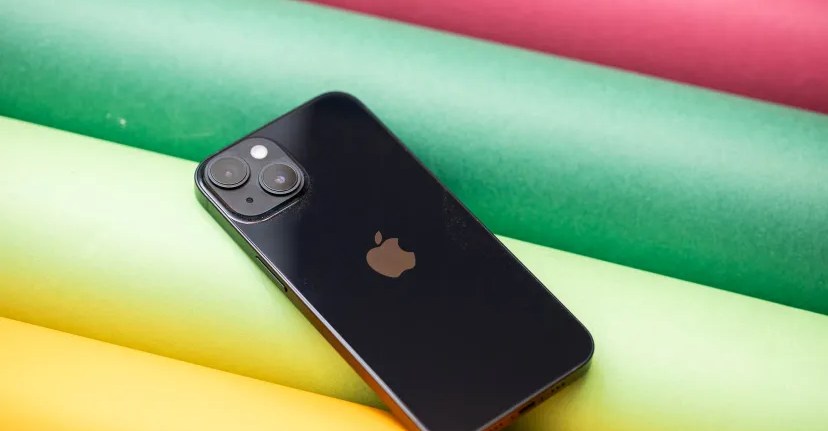A New Era for Apple: The End of Lightning Ports on iPhones
Apple has officially phased out the Lightning port in its new iPhone models, marking a pivotal moment in mobile technology and accessory compatibility. This transition not only influences how users charge their devices but also heralds a broader embrace of universal charging solutions. As tech enthusiasts and everyday consumers navigate this new landscape, it’s crucial to explore the implications of this significant shift.
The Shift from Lightning to USB-C
The decision to eliminate the Lightning port is not merely a cosmetic change; it reflects Apple’s response to evolving industry standards and regulatory pressures. The introduction of USB-C ports across various devices, including laptops and tablets, has prompted Apple to align with this universal standard. The benefits are multifaceted:
- Standardization: USB-C is becoming the universal charging port across different brands and device categories. This standardization simplifies the charging process for users who own multiple devices.
- Faster Charging: USB-C technology supports faster charging and data transfer rates, enhancing the overall user experience.
- Environmental Considerations: By reducing the number of proprietary connectors, Apple can contribute to a more sustainable tech ecosystem.
The Impact on Existing Accessories
One of the most immediate concerns for users is how the end of Lightning ports affects existing accessories. Many iPhone users have invested in an array of peripherals, from headphones to charging docks, all designed for the Lightning connector. Transitioning to USB-C means that:
- Adapters and Converters: Users may need to purchase adapters to continue using their Lightning accessories. While this is a temporary solution, it could lead to additional costs.
- Accessory Compatibility: Some manufacturers may update their products to accommodate USB-C, but others could phase out Lightning-compatible products altogether.
- Market Adjustment: The accessory market will likely see a surge in USB-C products, as companies pivot to meet the new demand.
Consumer Reactions and Adaptation
As with any major technological shift, consumer reactions have been mixed. Early adopters of the new iPhone models have expressed both excitement and frustration. While many welcome the modernization of Apple’s devices, others are concerned about the necessity of replacing their current accessories.
However, history shows that consumers tend to adapt to major changes in technology. The transition from 30-pin connectors to Lightning ports was initially met with resistance, yet users eventually embraced the new standard. The same adaptability can be expected with the shift to USB-C. Users can look forward to:
- Convenience: With a single type of cable for multiple devices, the clutter of varying chargers can be minimized.
- Wider Availability: USB-C accessories are widely available and often more affordable than proprietary options.
The Regulatory Landscape
Another crucial aspect of this transition is the regulatory environment surrounding charging standards. The European Union has been pushing for a common charging solution to reduce electronic waste. By adopting USB-C, Apple is not only complying with these regulations but is also positioning itself as a leader in sustainability.
As countries worldwide consider similar regulations, Apple’s move could set a precedent for other technology companies, encouraging a more unified approach to charging standards across the industry.
Looking Ahead: The Future of Mobile Connectivity
The end of Lightning ports on iPhones signifies more than just a change in charging methods; it represents a broader evolution in mobile connectivity. As we move forward, several trends are worth noting:
- Wireless Technology: With the increasing adoption of wireless charging and data transfer technologies, the reliance on physical ports may diminish further. Apple’s commitment to enhancing wireless capabilities could lead to a port-free future.
- Integration with Other Devices: The shift to USB-C may pave the way for better integration with other devices, including laptops and tablets, fostering a more cohesive digital ecosystem.
- Advancements in Charging Technology: The industry may see innovations in charging speeds and efficiency, as USB-C technology evolves and matures.
Conclusion: A Positive Transformation
The end of Lightning ports on iPhones marks a transformative era for Apple and its users. While the initial transition may come with challenges, the long-term benefits of adopting USB-C are clear. This change aligns with global trends towards standardization, sustainability, and enhanced user experience. As consumers adapt to this new landscape, they can look forward to increased convenience and compatibility across a wide range of devices.
Ultimately, Apple’s decision to phase out the Lightning port not only reflects current technological trends but also positions the company favorably in an ever-evolving market. The future of mobile connectivity is bright, and with universal charging solutions becoming a reality, users can expect a seamless and integrated experience across their devices.
See more Future Tech Daily

